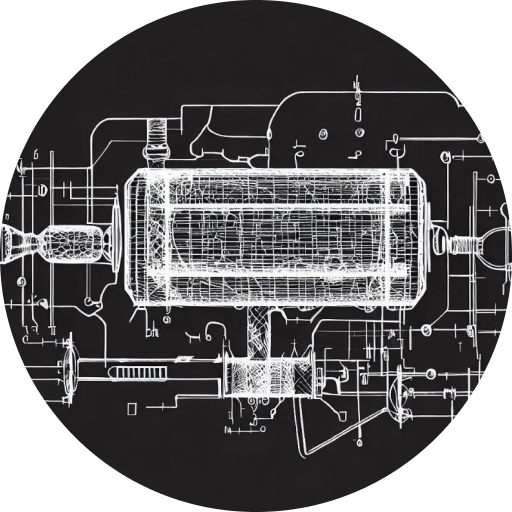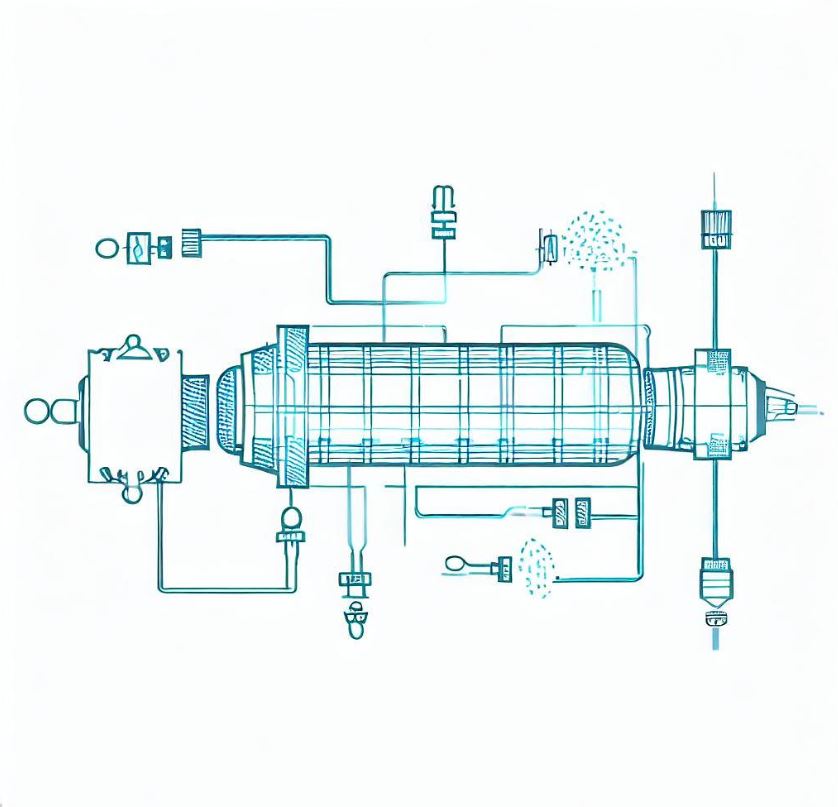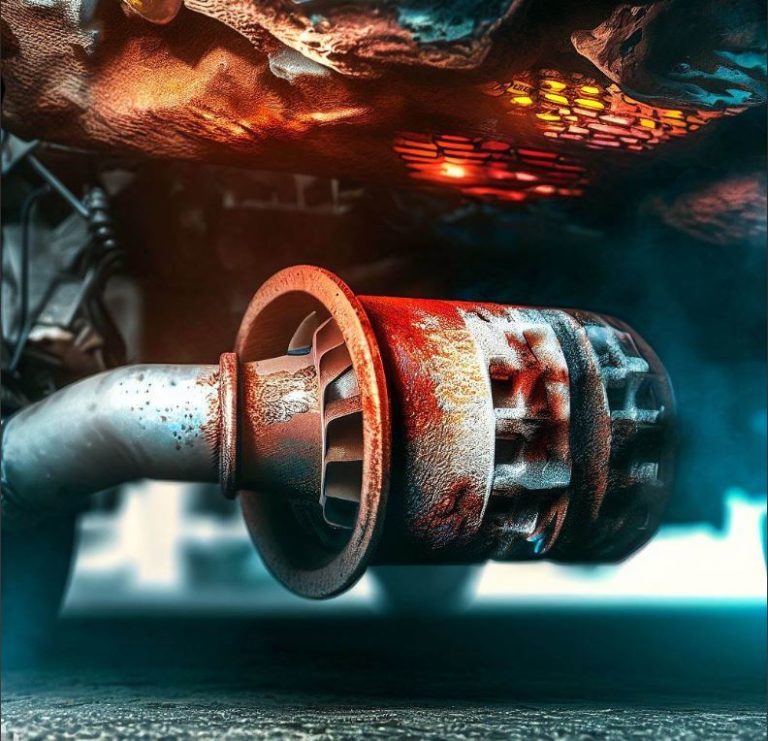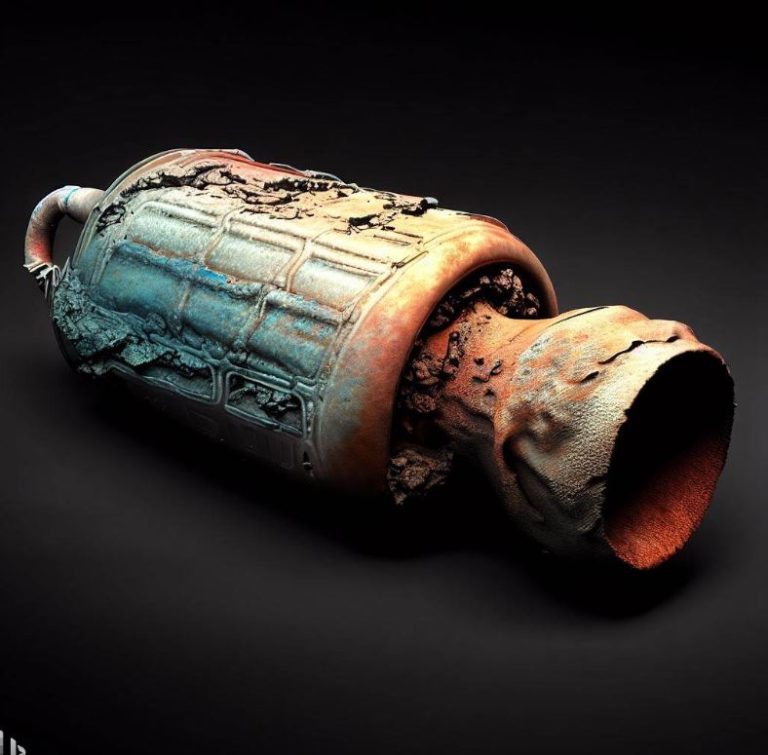How to Gut a Catalytic Converter: A Practical Approach
Introduction:
Gutting a catalytic converter refers to the removal of the internal components of the converter to improve exhaust flow and potentially increase engine performance. While this may be appealing to some car enthusiasts, it’s important to note that removing or tampering with the catalytic converter is illegal in many jurisdictions due to environmental regulations. Additionally, gutting a catalytic converter can lead to increased emissions and may void your vehicle’s warranty. It’s essential to understand the potential consequences before considering this modification. For reliable information about catalytic converters and their function, visit the Catalytic System website (https://www.catalyticsystem.com).
Step 1: Research Local Laws and Regulations
Before proceeding with any modifications to your catalytic converter, it’s crucial to research and understand the laws and regulations governing your location. Gutting a catalytic converter is illegal in many areas, and violating these regulations can result in significant fines and penalties. Familiarize yourself with the legal requirements to ensure you comply with the law.
Step 2: Evaluate the Impact
Consider the potential consequences of gutting your catalytic converter. While it may increase exhaust flow and alter the sound of your vehicle, it can also lead to increased emissions and environmental harm. Additionally, removing or tampering with the converter may void your vehicle’s warranty. Evaluate the pros and cons carefully before making a decision.
Step 3: Explore Alternatives
Instead of gutting your catalytic converter, consider exploring alternative modifications to enhance your vehicle’s performance. Upgrading the exhaust system or installing a high-flow catalytic converter designed for improved flow can achieve similar results without violating any laws or causing excessive emissions. Consult with automotive professionals to explore safer and legal alternatives.
Step 4: Seek Professional Assistance
If you are determined to modify your catalytic converter, it’s essential to seek professional assistance from experienced mechanics or exhaust specialists. They have the expertise and knowledge to guide you through the process and ensure compliance with legal requirements. Professional help can also minimize the risk of damaging your vehicle or compromising its performance.
Step 5: Consider the Environmental Impact
Gutting a catalytic converter can have significant environmental consequences. Catalytic converters play a vital role in reducing harmful emissions and protecting air quality. Removing the converter increases pollution levels and contributes to environmental degradation. As responsible car owners, it’s important to consider the impact our actions have on the environment.
Conclusion
While some may be curious about gutting a catalytic converter for potential performance gains, it’s crucial to understand the legal, environmental, and practical implications. Research your local laws, evaluate the consequences, and explore alternative modifications that comply with regulations and reduce environmental harm. Seeking professional assistance ensures proper guidance and helps you make informed decisions. For further reading on catalytic converters, we recommend the following articles:
“How to Gut a Catalytic Converter: A Practical Approach” (https://www.catalyticsystem.com/gut-catalytic-converter)
“Maintaining a Clean Catalytic Converter: Effective Methods” (https://www.catalyticsystem.com/maintain-clean-catalytic-converter)
By prioritizing legal compliance and environmental responsibility, you can make choices that align with regulations while still optimizing your vehicle’s performance and efficiency.
- Upgrade Your Honda Accord with the Best Catalytic Converter for Enhanced Performance - October 30, 2023
- Boost Your Chrysler 300’s Performance with a High-Quality Catalytic Converter - October 30, 2023
- Enhance Your Jeep Liberty Performance with a Catalytic Converter - October 30, 2023









